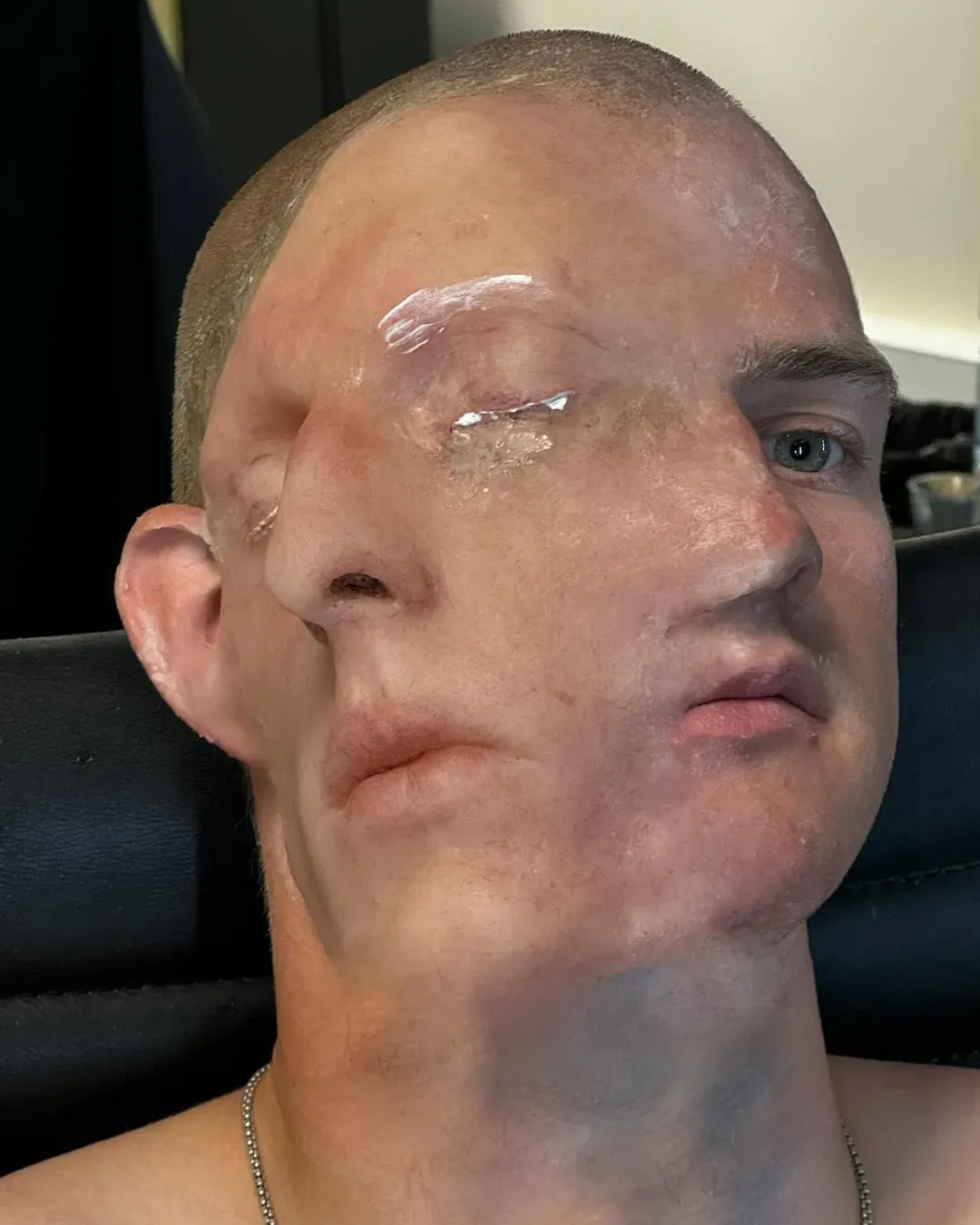
3D has conquered Big Tech again But this time, no glasses will be needed
Those who grew up around the turn of the millennium will nostalgically remember those moments at the cinema when, before the movie started, paper glasses with one red and one blue lens were handed out. These simple tools allowed viewers to experience 3D, a technology capable of offering a stereoscopic view of images. After a long period of decline and technological obsolescence, today cinema and video seem ready to rediscover the potential of three-dimensionality. As reported by Il Post, several companies are once again investing in 3D, developing new solutions that can offer a realistic effect without the use of glasses or headsets. Such is the case, for example, of Acer’s SpatialLabs screens or the recent Samsung Odyssey 3D, devices that promise an immersive three-dimensional experience without accessories.
@thephysicsmole How old timey 3D Glasses work #physicstok #science #physics #cardiffuni #3D #3Dglasses #Movies original sound - ThePhysicsMole
At the core of these technologies is the work of Leia, a small American company founded about ten years ago within the HP Labs, the research center of the HP brand. Leia developed a system based on a sophisticated panel called Diffractive Lightfield Backlighting (DLB), combined with cameras that track the user’s eye movements. This layer beneath the screen projects slightly different images in multiple directions based on the position of the eyes, creating a sense of depth without the need for glasses. Everything is enhanced by artificial intelligence, which anticipates eye movements to maintain a smooth and natural 3D illusion. Leia’s progress fits into a broader trend: more and more companies are experimenting with advanced 3D technologies. During its latest developer conference, Google unveiled Beam, a technology designed to simulate three-dimensionality in video calls. No headsets or glasses are required; just position yourself in front of a screen equipped with six small cameras. The rest happens in the cloud, where an AI model processes the images to create an effect similar to a hologram, in which the person on the other end appears to emerge from the screen.
Apple has also shown interest in this field, launching its mixed reality headset Vision Pro in 2023, focusing on the concept of spatial computing, meaning realistic interaction between digital elements and the physical environment. Although the headset was not a major commercial success, the technology developed has been applied in the latest iPhone models, which now include 3D features. Meta has also heavily invested in the sector, allocating billions of dollars to its Reality Labs division, dedicated to the development of the metaverse and augmented reality projects. In 2009, the release of James Cameron’s Avatar seemed to mark the beginning of a new era for 3D cinema. However, the initial excitement was soon dampened by high costs, technical limitations, and competition from emerging technologies like 4K and smart TVs, which have dominated the market ever since. Today, fifteen years later, that future might finally be becoming a reality.















































